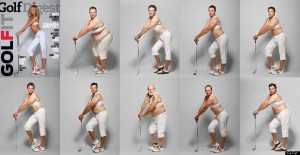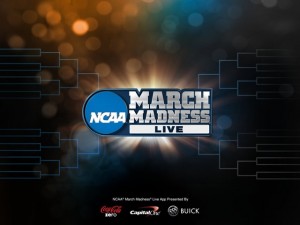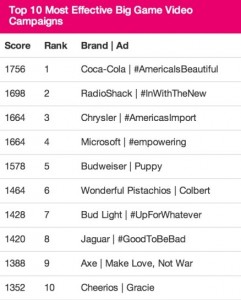By JOHN RIOUX
Shabazz Napier is at the top of the sports world right now. After being named All-American, NCAA tournament MVP and leading the University of Connecticut to a national championship, he is having celebrities such as LeBron James tweeting about his game. This, however, does not prevent him from going to bed “starving” some nights.
In an interview prior to the Monday night’s NCAA championship game, Napier was quoted saying “there are hungry nights that I go to bed and I’m starving”.
After the win, Napier will get a few free t-shirts and even his jersey retired, but not any money.
Connecticut Coach Kevin Ollie will almost certainly get a significant raise from his $1.2 million salary he earned this year, leaving the players as the only ones not profiting from this multi-million dollar event.
Many players agree with Napier’s sentiments about “when you see your jersey getting sold and things like that, you feel like you want something in return.”
The fact that college athletes do not make money is “obscene,” said Connecticut Rep. Matthew Lesser. Coaches, presidents and schools reap the benefits of these individuals’ talents, yet those who are actually producing on the court, field or track do not see any.
Recently Northwestern University’s football team has been discussing a union among its players similar to the NFL’s players union. This would allow them to be involved in discussions that have a direct affect on the team’s football decisions.
Coaches and presidents alike are urging the team against unionization, as it takes money out of their pockets. It has come to the point where enough is enough. NCAA student-athletes deserve fair treatment.
The media must continue to push the NCAA to usher changes in how they run their business.
Players do not always have the luxury of speaking out their opinion on this specific matter. Certain coaches monitor and discontinue social media outlets such as Twitter and Facebook, ensuring their players do not speak against their university.
It is time to open your eyes, NCAA President Mark Emmert. Help the players who generate the income and, ultimately, your $1.7 million salary.







